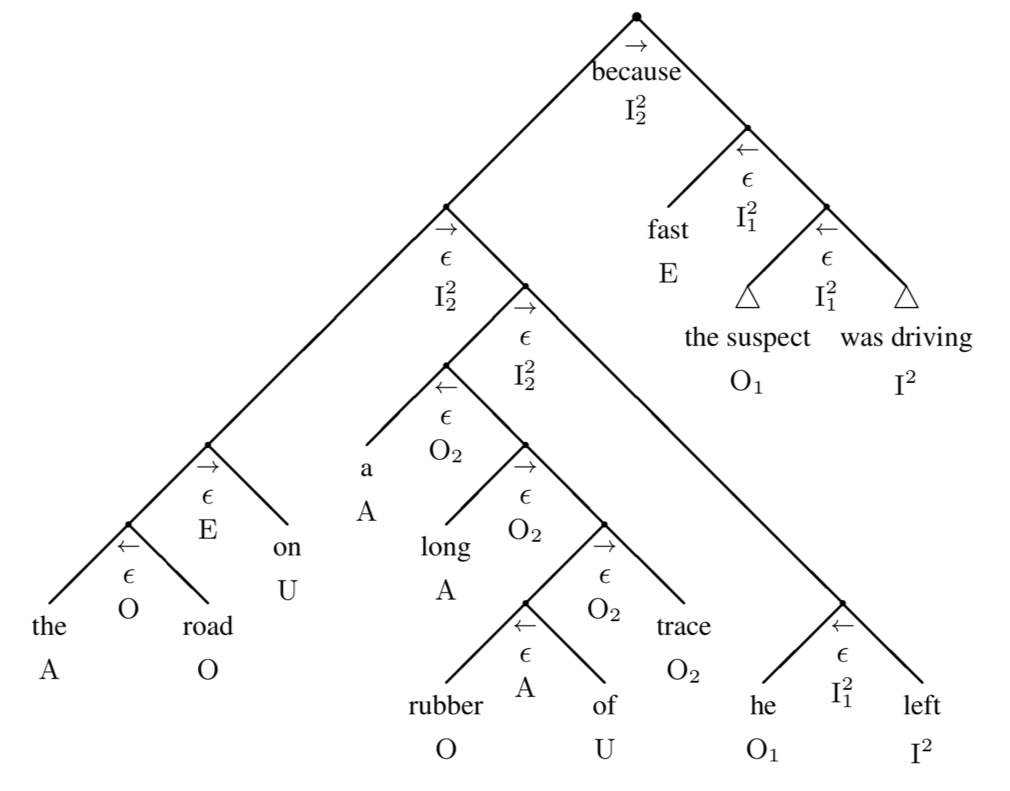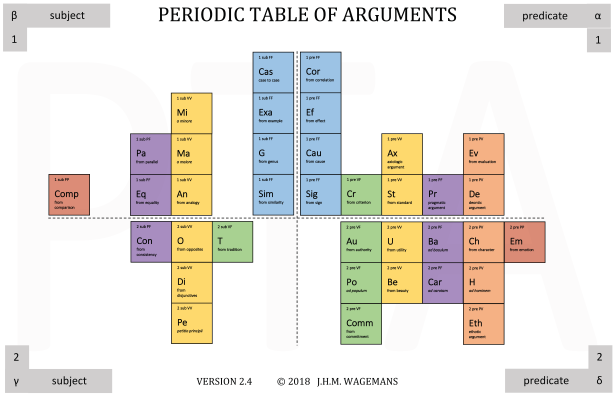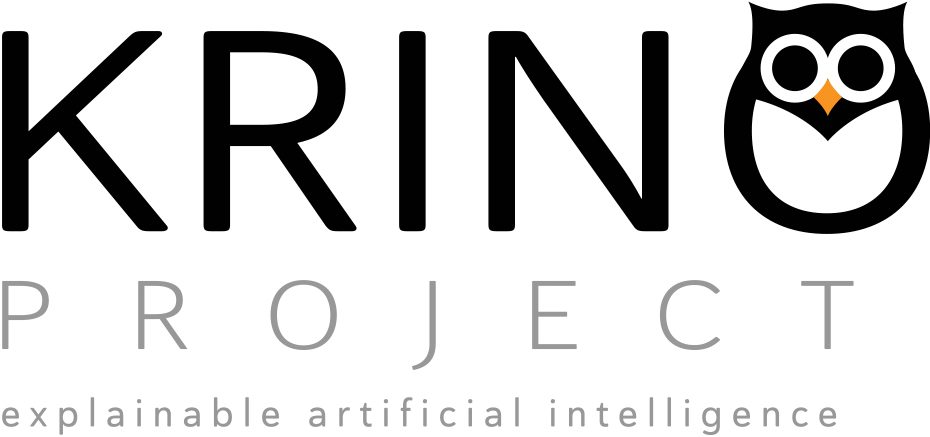“There is urgency in coming to see the world as a web of interrelated processes of which we are integral parts, so that all of our choices and actions have consequences for the world around us.”
Robert Mesle, 2008, quoting Alfred North Whitehead (1929)

RESEARCH
Linguistic Parsing
Using an implementation of Gobbo’s and Benini’s Constructive Adpositional Grammar (CAG), krino must, upon being presented with a phrase in natural language, create a parse tree for the phrase, and persist this tree in “flattened” format. Sub-capabilities are efficient input/output (I/O) operations and the definition and implementation of a file format.
Semantic Parsing
Krino must “walk” the tree produced by capability 1. and break the phrase down into its constitutive elements (nouns, transitive/intransitive verbs…), look up their meanings-in-context, and encode the phrase as a series of edges in a semantic network.
Ontological Interpretation
Using an implementation of A.N. Whiteheads process ontology, krino must encode the phrase’s elements into actual entities, concrescences and nexūs; this ontological network must, by a subcapability, be persisted as a graph with labeled nodes and edges.

Argument Parsing
Using the argument parser method of Gobbo’s and Wageman’s, Krino must infer the arguments, claims and their types from the parse tree produced by capability 1., and persist these as instances from argument and claim types from Wageman’s Periodic Table of Arguments (PTA).
Causal Inference
Analyzing the ontological network produced by capability 3., krino must buid a cause-to-effect model of the ingested text and must, by a sub-capability, persist it as a graph with labeled nodes and edges. Krino must also run the most important arguments of Judea Pearl’s mathematization of causality on the network representing the entire text; Krino must be able to run these algorithms either live, in incremental mode, or in batch mode upon the entire text(s) ingested so far.
Query Processor
Krino must accept natural-language queries, and use capabilities 1 through 5 in order to be answer them; i.e., the same abilities allowing Krino to “understand the world” presented to it in the form of speech will allow it to interact with another world: the thought-world of its human user.
Speech Production
Krino, by allowing for a human user to query capability 6, must formulate this answer in natural language. The actual means to produce either written or spoken language lie outside the scope of this problem, as such production can be achieved by the capabilities of software already available on the market; it will suffice for the speech production capability to interface with such software.
DEVELOPMENT
Krino will combine the following fields of scientific expertise:

The Periodic Table of Arguments (PTA).
Core
This work package deals with the research and development of how tool
functionality can be based on the linguistic theory of Adpositional grammars.
Architecture & Repository
This work package deals with the research and development of Krino XAI Metamodel, architecture(s) and Repositories.
Services (Cognitive, Executable)
This work package deals with the research and development of Krino service xposing the Representational State Sransfer Application Program Interface (REST API) and providing the AI algorithms based on the underlying components as well as providing functionality for managing and updating the knowledge base using documents.
Adapters ((Oxford) Dictionary, Contact, Relevance)
This work package deals with the research and development of the machine-readable dictionary, extracting facts from the conversation and emotion/mood detection, and the research and development of functionality enabling realtime contact-center communication.

Analysis & Optimizations
This work package handles ongoing tool analysis and optimization efforts, including facilitating/developing addons.
Testing & Rollout
This work package deals with the testing and validation of the entire software system including final bug fixing, partner exploitation and dissemination.
